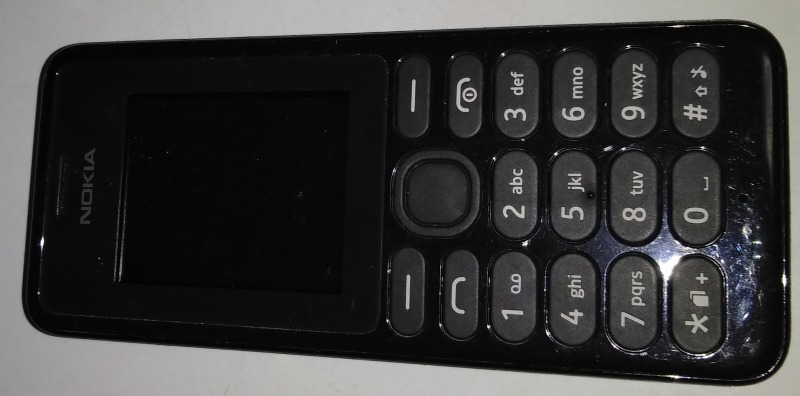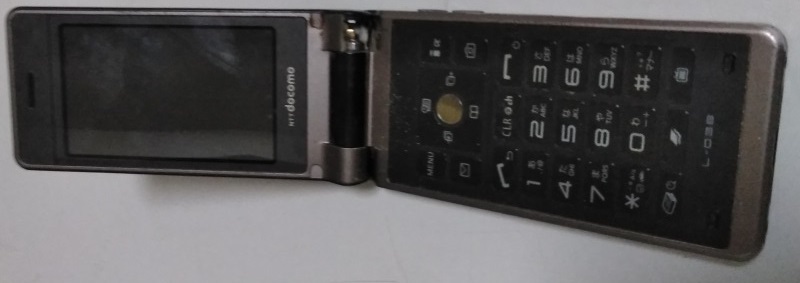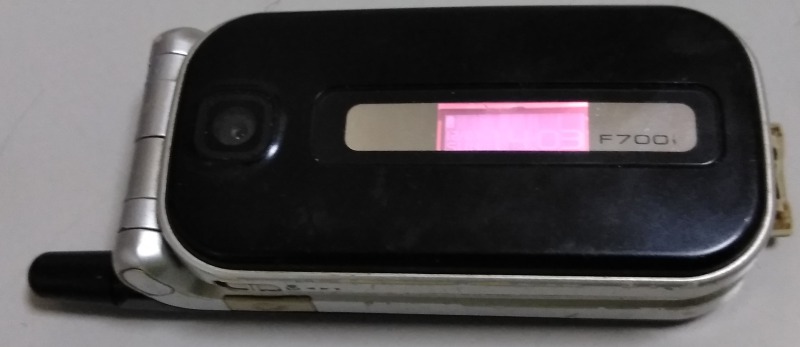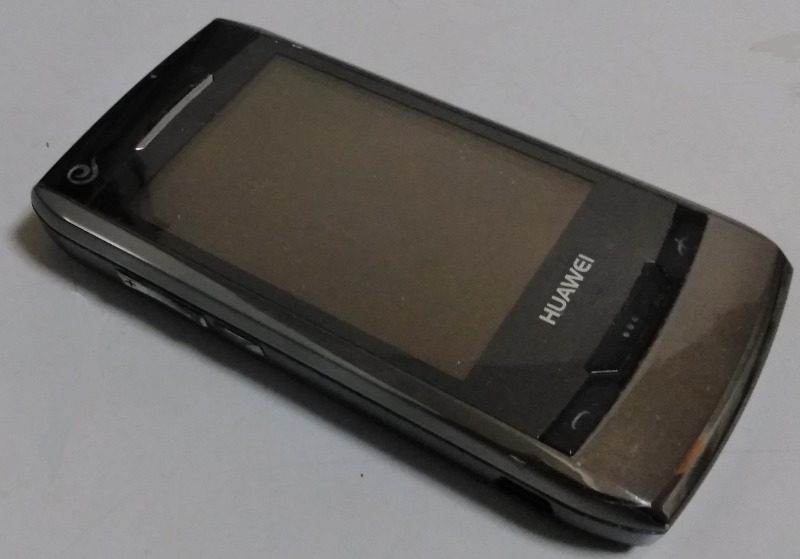What's 5G? Vol.2. Let us explain about the flow and heatures of 3G
The service of the 3rd generation (3rd Generation, hereinafter abbreviated as 3G) started around 2000. With the adoption of the CDMA (Code Division Multiple Access) system, the basic method has been unified in countries including the United States and Japan. The 3GPP (3rd Generation Partnership Project), an international standardization organization in which governments, telecommunications companies (carriers), base stations and mobile terminal manufacturers participate, contributed to this. The unification has made overseas roaming easier, especially for users in the United States and Japan with different communication methods. However, the charges for overseas roaming were very high, and people who frequently go abroad purchased prepaid mobile phones overseas.

The adoption of the CDMA system in the 3rd generation has significantly improved call quality, and there was no doubt that disconnections during calls have been significantly reduced, which has definitely brought great benefits to users. I think the merit of switching to a 3G-compatible mobile phone was great, but since data communication was still pay-as-you-go, it was limited to web access and email transmission / reception.

The 3rd generation is actually divided into 3 phases: early 3rd generation, mid 3rd generation, and early 4th generation. Early 3rd generation when CDMA was adopted, mid 3rd generation using data-oriented HSPA (High-Speed (Uplink / Downlink) Packet Access), early 4th generation when LTE (Long-Term Evolution) was first adopted. Strictly speaking, HSPA (called HSUPA or HSDPA, which means faster uplink / downlink) is often called 3.5G, and early LTE is often called 3.9G. In the early days of 4G, it did not completely meet the 3GPP regulations and was positioned as less than 4G in the definition of 3.9G, but it can be called 4G or LTE.

